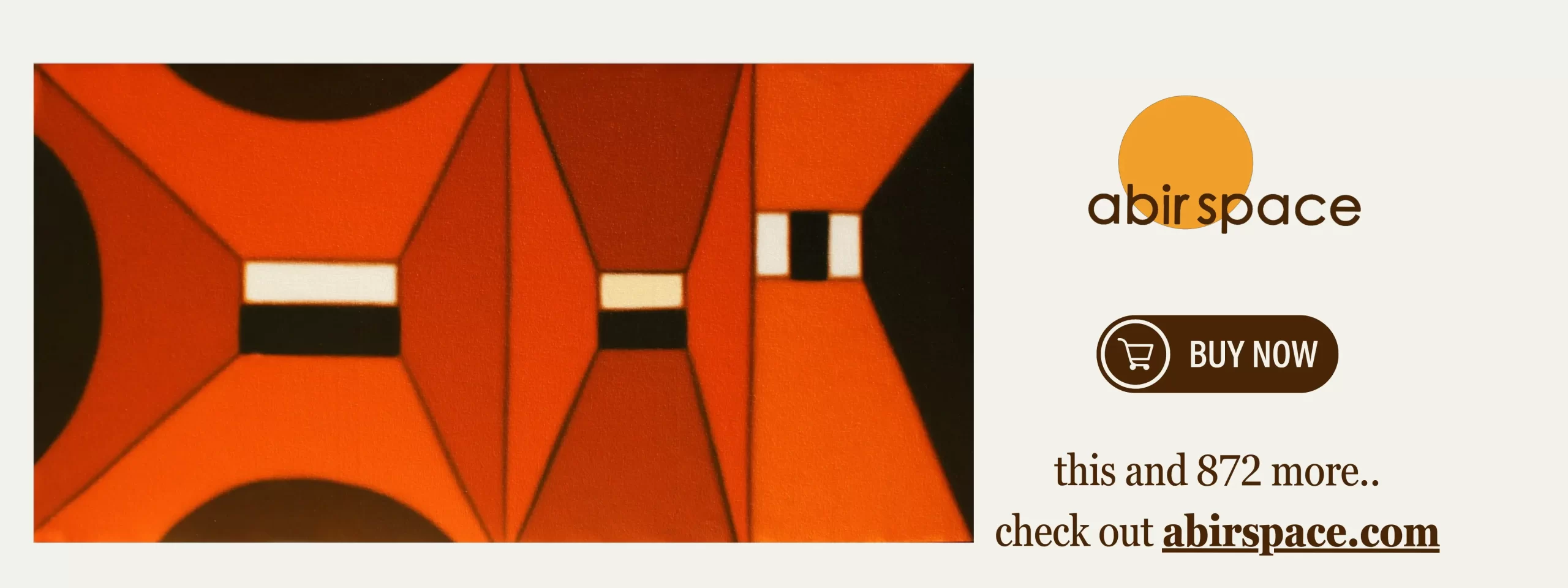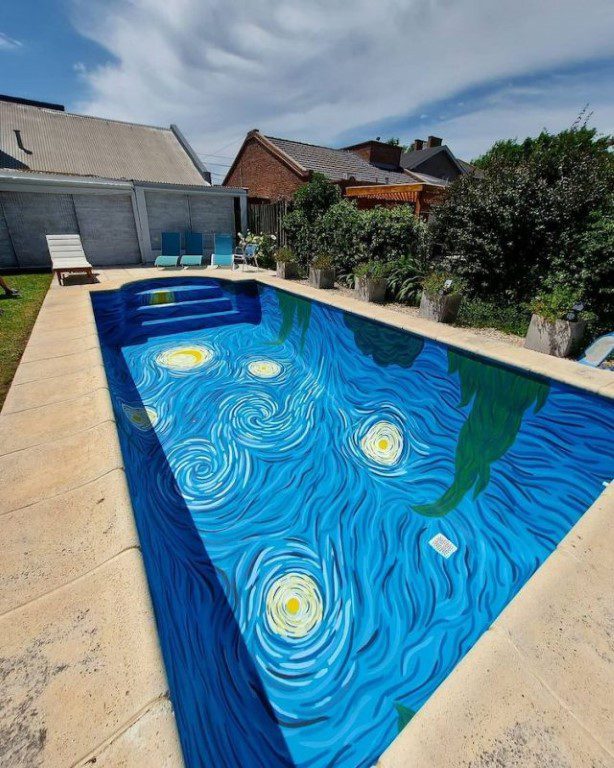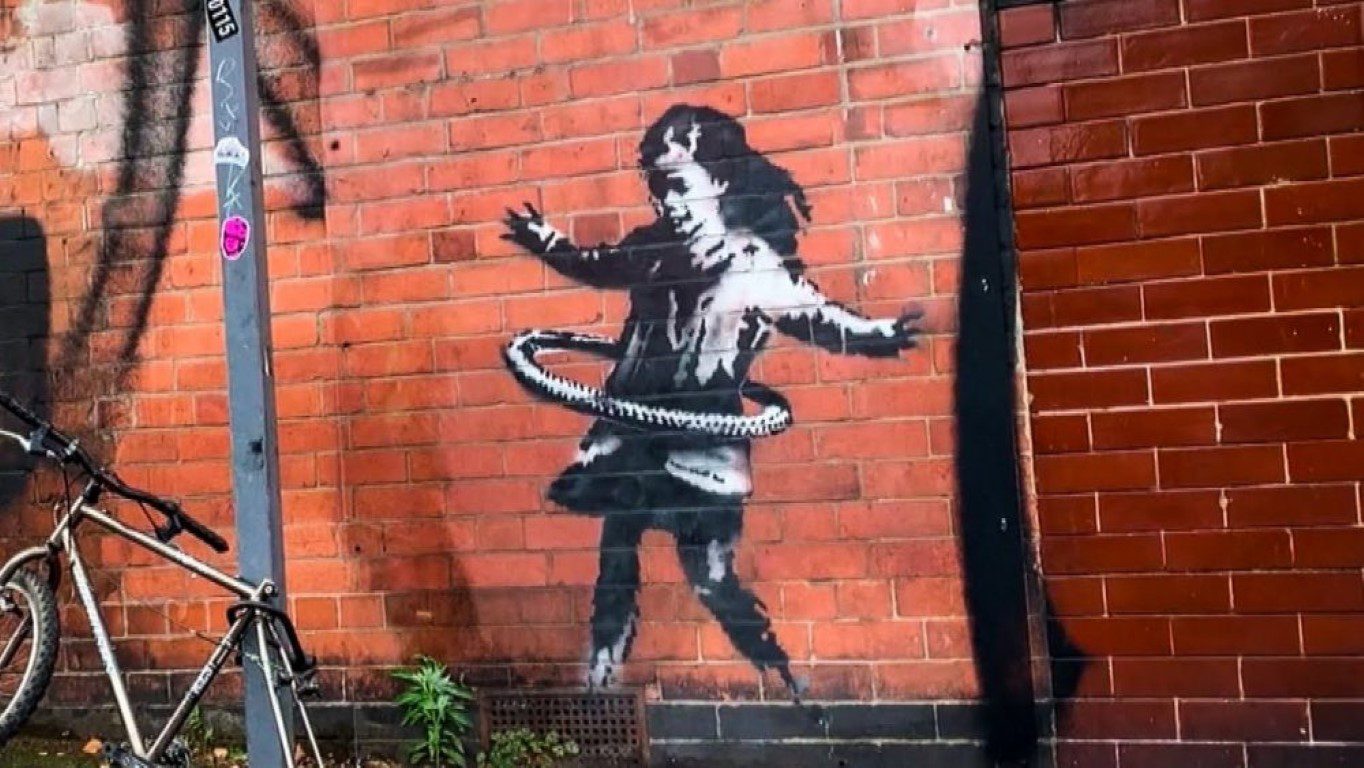Krispin Joseph PX
What is the Philosophy of artefacts? The theoretical viewpoint and the intuitive link between artefacts as valuable things and agents’ purposes, beliefs and actions. Where we find the objects and what they tell about the past is a fascinating subject to examine. The most important question is what function they maintained in their ‘active’ period. The questions about the present-day significance are related to the artefact’s utility and prominence in the ‘culture’ they were created.
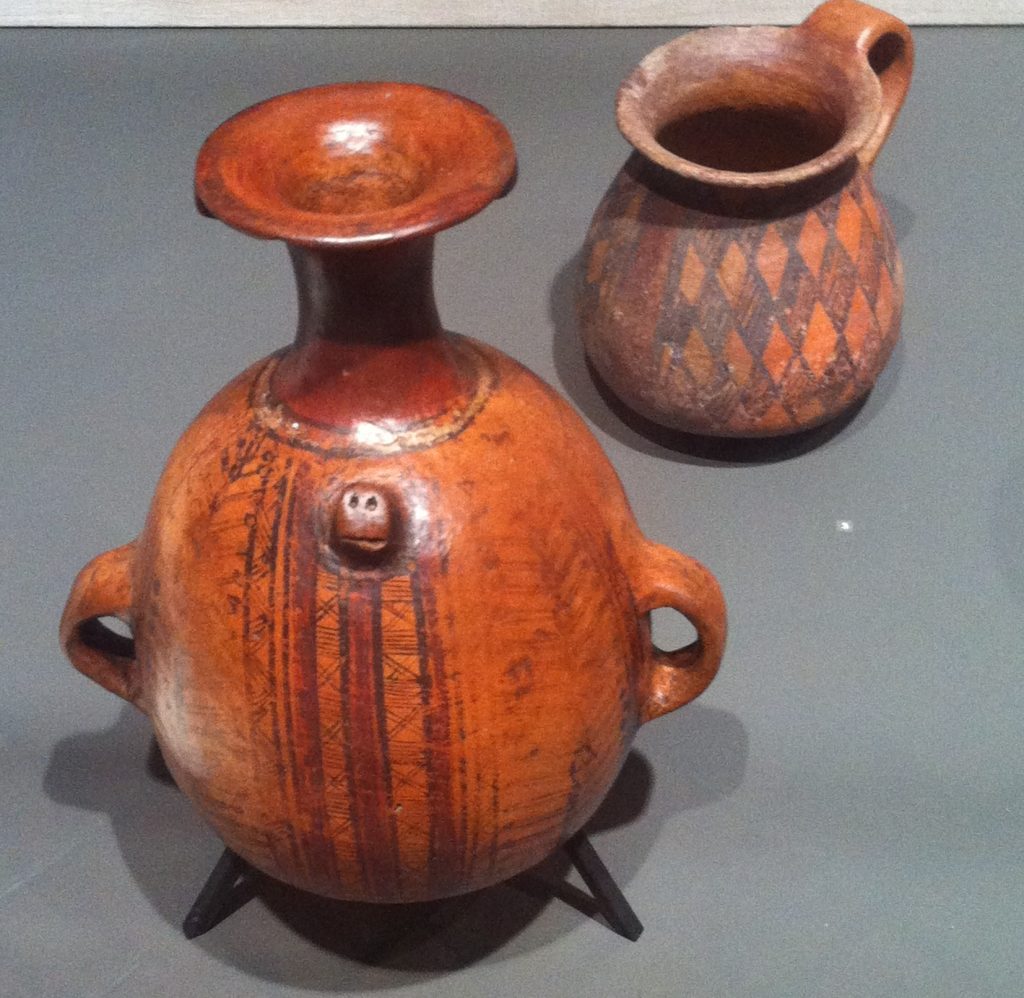
credit: Google Art and Culture
We use many things in our life to explain about us in the extant society. We are using ‘things’ and ‘thing’ using us. Any artefacts from the past Culture, from anywhere, are the materials to discuss that Culture. We use many things, including cars, medicines, and the dress, as our identity and essential things. How are these things explained about us? If we took some objects from the past, some distant land, what are they for us?
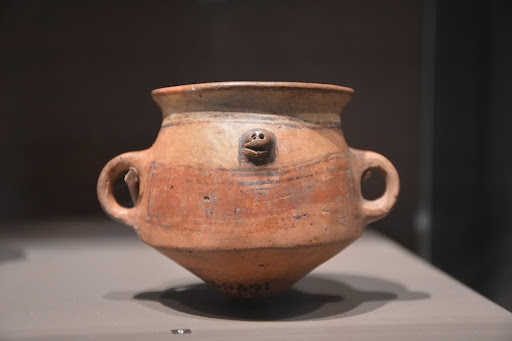
Accompanying the burials of the servers of Machu Picchu were their personal possessions, including their domestic ceramics. Ceramic jar for transporting, preserving, and serving beer made from corn (chicha). This pottery was used in everyday life and for grave goods to serve the dead.
Credit: Google Art and Culture
The artefacts from Machu Picchu brought by google art and Culture carry a dimension of an ancient civilisation. These artefacts are part of a great civilisation and show the identity and daily lives of these women, men, and children. These materials are recovered from an expedition held in 1912 from a cave burial.
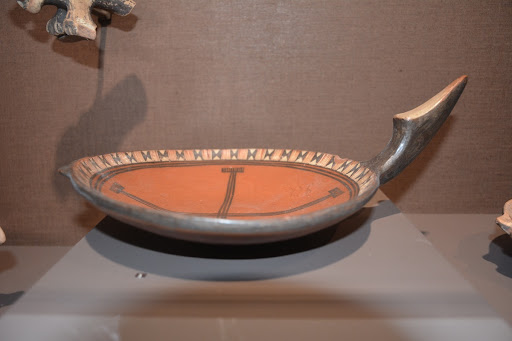
Among the serving vessels, plates are one of the most popular and elaborately decorated ceramics found at Machu Picchu.
Many of these plates had handles modelled as birds or other creatures.
credit: Google Art and Culture
From those artefacts in the burial place, we understand that a thriving community lived in their dry seasons. The royal palace people belong to one community, and many artisans and household servants are from different ethnic groups. Artisans produce various materials in clay or metal, mainly utility objects, and other people may cook, brew corn beer, clean, and sew. Scholars argue that they lived their mundane life their way while the elite dedicated their time to feasting, hunting, and religious worship. These objects tell us about the unknown life of the ancient people who lived many thousand years ago. Scholars say thanks to the Inca people because of the custom of burying individuals with their objects that shed light on that Culture.
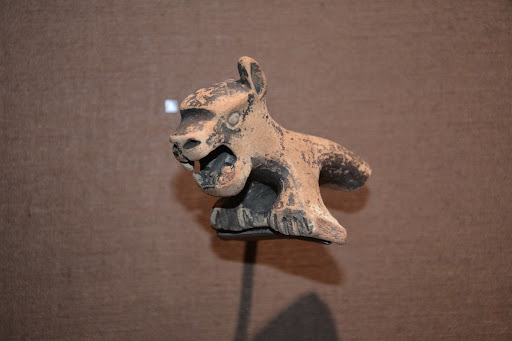
Credit: Google Art and Culture
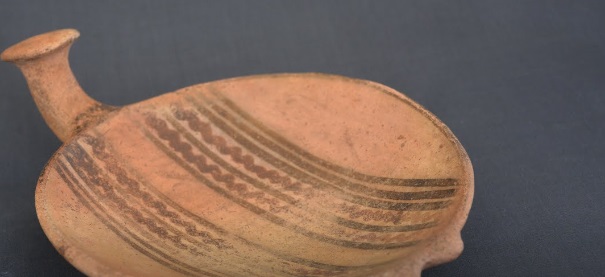
Although some of the burials in the Machu Picchu caves were from Cusco, most of these show people from diverse parts of the Inca empire, Tahuantinsuyo. This pattern reflects the ethnic diversity of the residents in Machu Picchu.
credit: Google Art and Culture
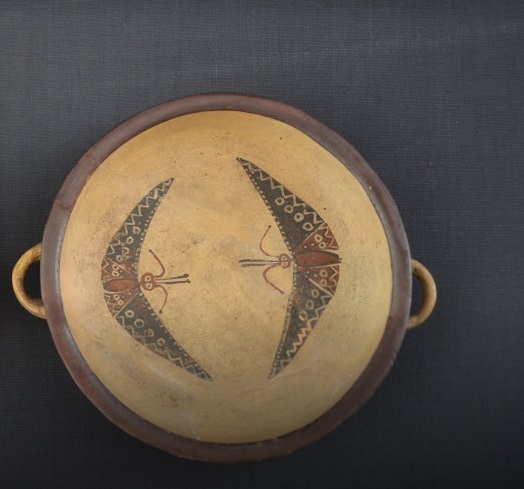
Credit: Google Art and Culture
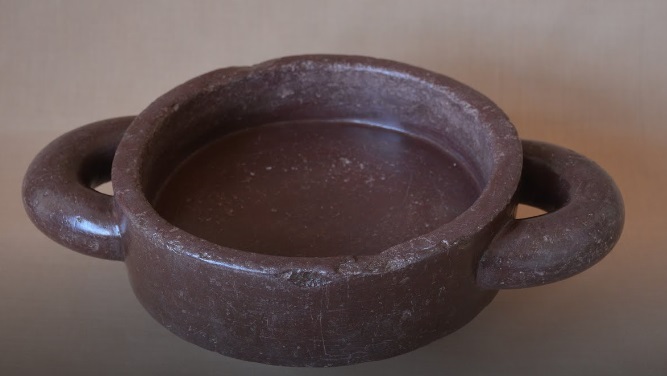
The workers in Machu Picchu used rock and bronze tools for most of their chores.
Credit: Google Art and Culture

Credit: Google Art and Culture
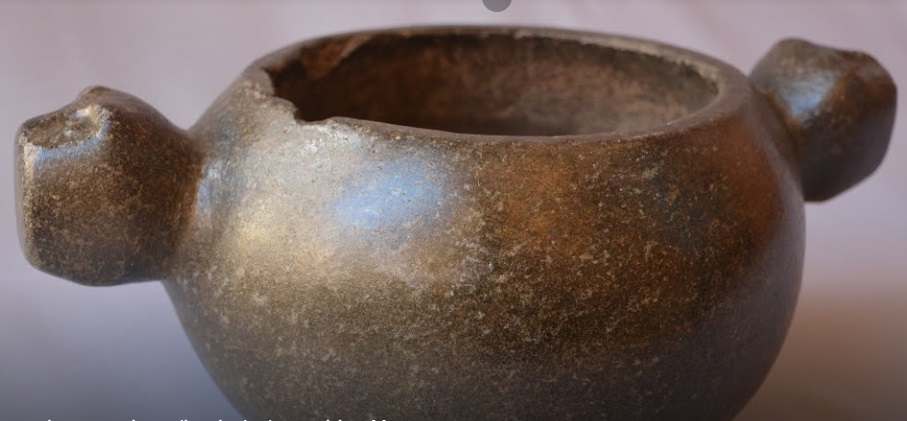
Credit: Google Art and Culture
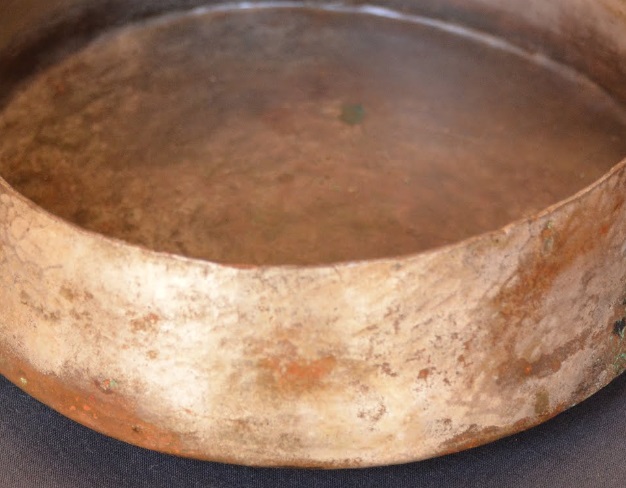
Credit: Google Art and Culture
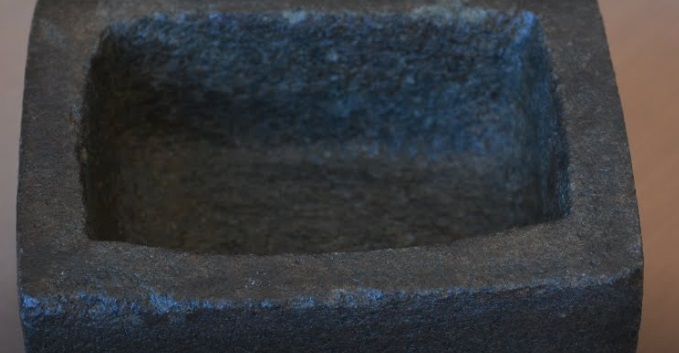
The excavations of 1912 found a wide variety of metal tools and jewellery. Though some were produced in Machu Picchu for specialists that worked for the royal family of Pachacuti, others were brought to Machu Picchu from other regions of the Inca empire, Tahuantinsuyo.
credit: Google Art and Culture
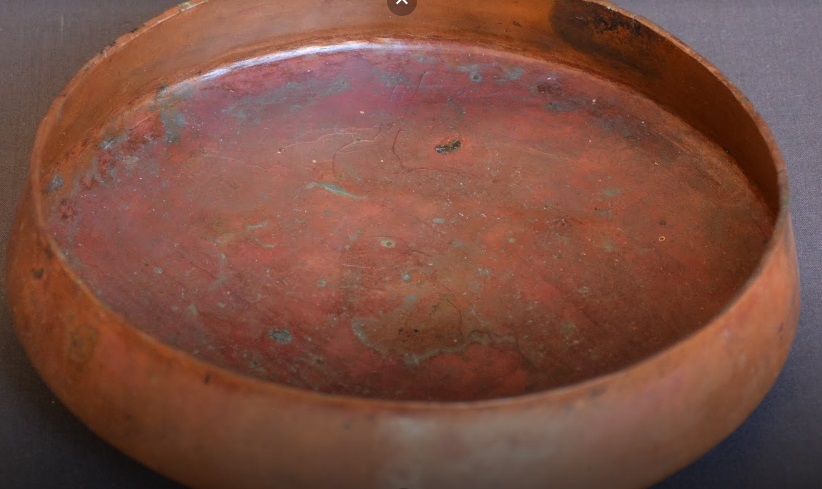
credit: Google Art and Culture

